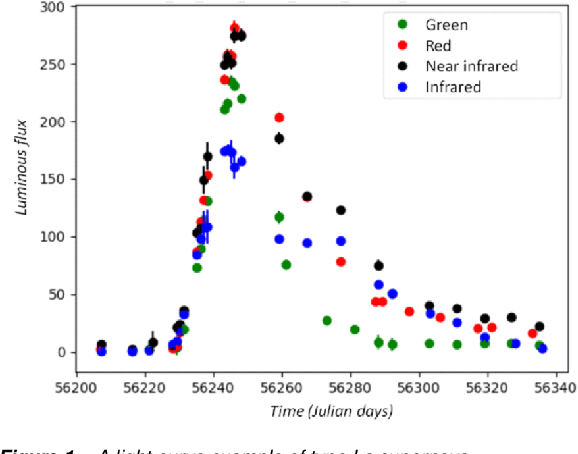Anthony Brunel
Semantically-aware Neural Radiance Fields for Visual Scene Understanding: A Comprehensive Review
Feb 17, 2024



Abstract:This review thoroughly examines the role of semantically-aware Neural Radiance Fields (NeRFs) in visual scene understanding, covering an analysis of over 250 scholarly papers. It explores how NeRFs adeptly infer 3D representations for both stationary and dynamic objects in a scene. This capability is pivotal for generating high-quality new viewpoints, completing missing scene details (inpainting), conducting comprehensive scene segmentation (panoptic segmentation), predicting 3D bounding boxes, editing 3D scenes, and extracting object-centric 3D models. A significant aspect of this study is the application of semantic labels as viewpoint-invariant functions, which effectively map spatial coordinates to a spectrum of semantic labels, thus facilitating the recognition of distinct objects within the scene. Overall, this survey highlights the progression and diverse applications of semantically-aware neural radiance fields in the context of visual scene interpretation.
A CNN adapted to time series for the classification of Supernovae
Jan 02, 2019



Abstract:Cosmologists are facing the problem of the analysis of a huge quantity of data when observing the sky. The methods used in cosmology are, for the most of them, relying on astrophysical models, and thus, for the classification, they usually use a machine learning approach in two-steps, which consists in, first, extracting features, and second, using a classifier. In this paper, we are specifically studying the supernovae phenomenon and especially the binary classification "I.a supernovae versus not-I.a supernovae". We present two Convolutional Neural Networks (CNNs) defeating the current state-of-the-art. The first one is adapted to time series and thus to the treatment of supernovae light-curves. The second one is based on a Siamese CNN and is suited to the nature of data, i.e. their sparsity and their weak quantity (small learning database).
 Add to Chrome
Add to Chrome Add to Firefox
Add to Firefox Add to Edge
Add to Edge